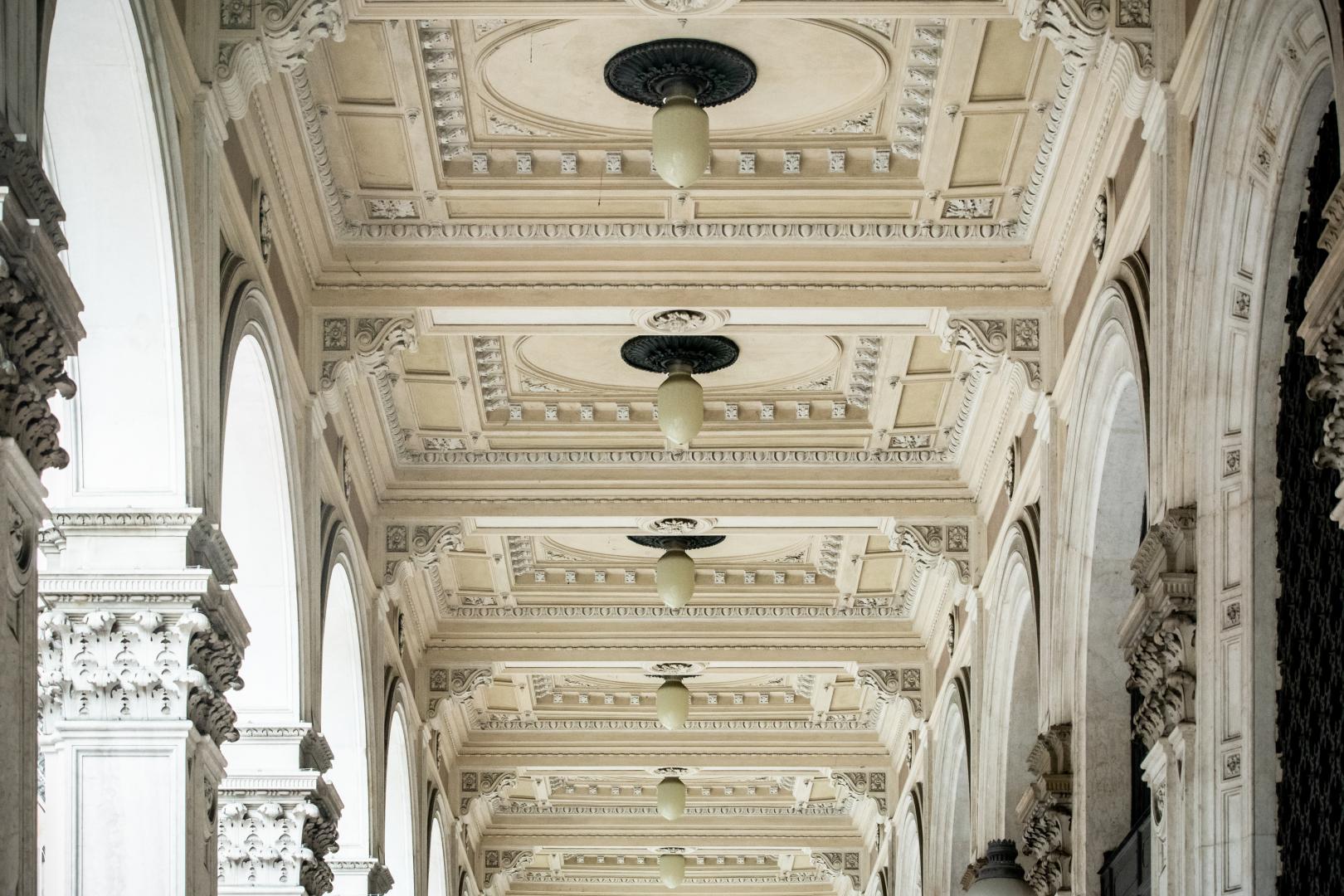Sources
O. Selvafolta e M.B. Bettazzi, La sede della Cassa di Risparmio in Bologna, Milano, Skira, in corso di stampa.
G. Roversi, Il Palazzo della Cassa di Risparmio in Bologna (1877-1977), Bologna, 1977
Photo: Lorenzo Burlando, Bologna Welcome
“The building represented the extraordinary image of the Bologna of the time, and was pointed out as one of the symbols of the city's rise and the new role it played on the social and economical scene of the country”
G. Roversi, 1977

